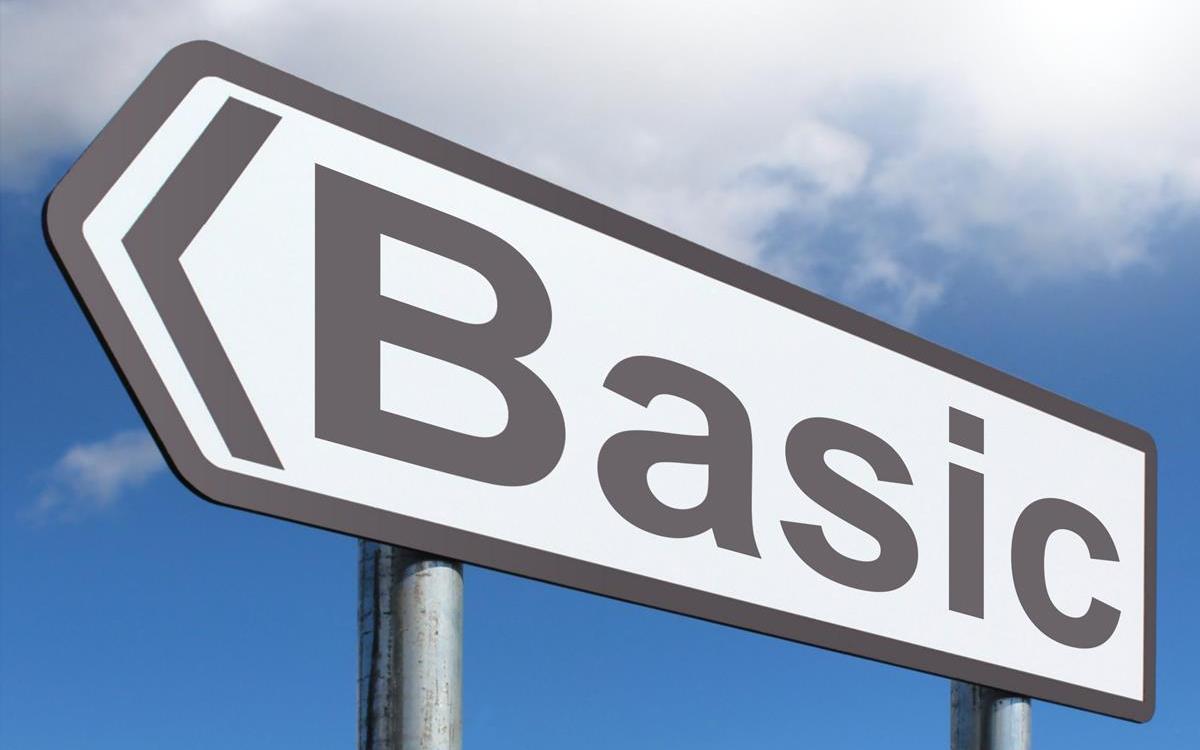
Back to basics - Part 2
In a recent post (well, not very recent), I wrote about a new training program that I decided to follow. The program consists of 100% tactics training. My ambition is to learn basic tactical patterns so well that I will recognize them almost immediately. Hopefully, this will improve my chess.
My goal, expressed in measurable units, was to correctly solve the puzzles in less than 10 seconds (on average) with an accuracy of more than 90%.
As it turns out, this goal was harder to achieve than I initially thought. I thought that a couple of repetitions of each position/puzzle would be enough, but it took much more than that.
So how did I do it?
I selected a bunch of tactics books (see previous post) that I had in my collection, and aimed to go through them all. After a recommendation from Dan Heisman, I revised my list of books and chose the following books:
Back to basics: Tactics (Dan Heisman)
Chess tactics for students (John Bain)
Starting out: Chess tactics and checkmates (Chris Ward)
Power chess for kids (Charles Hertan)
Winning chess strategy for kids (Jeff Coakley)
In total, these books have 1340 unique puzzles (some are duplicates). You can read my review of all the books (will be posted successively).
I worked through all of these puzzles in four steps.
Step 1: Select a book and enter all the puzzles into the computer. I used Lucas Chess to create a pgn for each book, and then generated a tactics training set based on that.
Step 2: Solve the puzzle in chronological order. Record speed and accuracy.
Step 3: Solve the puzzles in random order. Record speed and accuracy
Step 4: After working through all the books, solve the entire set of puzzles in random order. Record speed and accuracy.
At the beginning of my training, I felt quite good. I usually got well over 90% correct, and my times were somewhere between 15 and 30 seconds, depending on the book. The second cycle of each book (step 3) was even better, ranging from 6 to 20 seconds per puzzle with over 90 % accuracy. However, when it came to the final stage (step 4), I did not manage to increase my performance, and landed at an average speed of 19.4 seconds per puzzle and 91% accuracy.
For step 4, I solved the puzzles over 20 sessions, with a total time of 7 hrs and 14 min (434 min), and I made a total of 122 mistakes. The speed and accuracy for each session is shown in the graph below.

My conclusion? Basic tactics are much harder than I thought. I was certain I would nail my goal easy peasy, but I did not quite reach the level that I aimed for.
In order to reach my goal I need to work through these puzzles again, which I will do in a month or so. I hope that I will manage to improve my performance. Once I manage to reach my goal, I will move on to intermediate tactics. I will keep you posted about my progress and further training.
Have you done anything similar yourself? Please leave a comment below and share your experience.
